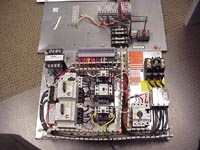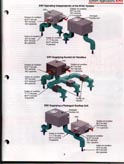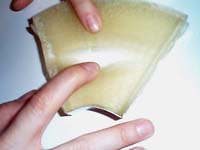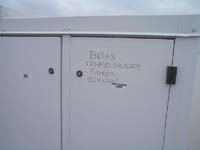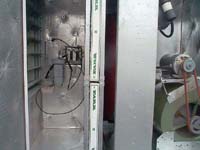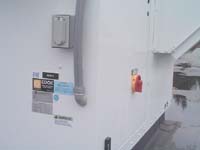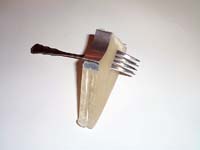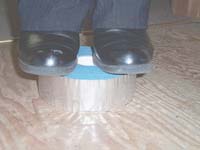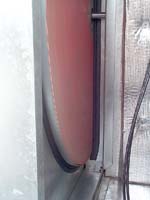|
FEATURED JOBS
|
|
Our featured
job this month involves 3 rotating "total energy" wheel heat recovery
units by Loren Cook we supplied last summer. We recently revisited the
job after a winter of operation. I chose this topic as it ties into
the talk by the recent ASHRAE speaker as far as ducting arrangements
and energy efficiency. See the typical ducting schematics on the attached
photo, which come from the Cook "ERV" catalog, page 4. These typical
ducting arrangements directly apply to the speakers talk as far as feeding
local zone ahu's with a dedicated "outside air" ahu. The speaker seemed
to me to be on the fence about heat recovery in general. I took his
talk to be that heat recovery had its place and application, but was
not needed locally at each air handler. This schematic uses an energy
recovery unit as the "dedicated" outside air machine. Some of you have
personally seen the samples of the standard core material that Cook
supplies. For those of you who have not, you can see the attached photo.
They use a wheel manufactured by Novel Aire Technologies (www.novelaire.com)
which is extremely rugged and has excellent heat transfer characteristics.
You can easily get 75% effectiveness with a wheel sized in its mid range
of face velocity. The Novel Aire
media is a homogenous material, meaning the desiccant is part of the
material, not "coated" or "bonded" onto the material. Some of the other
products out there use a desicant that is sprayed onto the wheel material.
Just the airflow over the wheel erodes the desiccant over time, reducing
the effectiveness of the very heat transfer surface you have paid for. The Novel Air
media is a fluted design. This provides important benefits to an owner.
Besides the superior physical strength of the wheel, it is extremely
flat, and stays flat over time. This means the wheel passes over the
seal between the supply and exhaust air stream and maintains a good
seal. If the wheel is flimsy or is made in sections, the wheel goes
out of "flat" and gaps at the seal. This can result in short circuiting
air between air streams resulting in "missing air" at the grille in
the space. Another benefit
of the fluted design is that the air can only travel straight through
the wheel. With others wheel design, made in pie shaped sections, air
can travel radially. This can result in air short-circuiting from the
supply to the exhaust even if the air flows are balanced. If the airflows
and statics are not balanced, it is almost guaranteed to happen, as
air will always move from high pressure to low pressure. This problem
will manifest itself with missing air at the grille. Consideration
of the defrost cycle is important in our area of the country. The most
common method used that I have seen is the shut off of the supply fan.
This allows the exhaust air to warm up the wheel for a preset time period
after a defrost stat has sensed air below an adjustable setpoint. I have recently dug deeper in how often and when a wheel system will go into defrost. I have found out that in a typical application, where the indoor humidity is 35%, you will not see frosting down to zero degrees. If the RH is 25%, you would be below zero before your defrost cycle would be needed. This gives you a much broader range of operating conditions before defrosting than is commonly assumed. Our units come with the defrost stat set at 30 degrees at the factory. We recommend turning this down to 7-8 degrees to begin with and having the building owner experiment with lower temps gradually. In a typical school, I am guessing you could set it a zero very easily without frosting the wheel. The selection software by Cook is very powerful and easy to use. You can now get updates of their software online, for those of you who do not have the latest disk. That is it. I hope the attached pictures allow you to kick the tires "virtually".
Cook vs. Others |
Ducting Schematics
Wheel Styles
Don't touch this
Hinged Access
Properly Sized Cabinet
Properly Sized Intake
Single Point Power
Stick a fork in it Strong Wheels
Wheel Seal |
Check Out Our Featured Jobs Archive
| Home | | Manufacturers | | Featured Jobs | | Newsletter | | E-mail |
